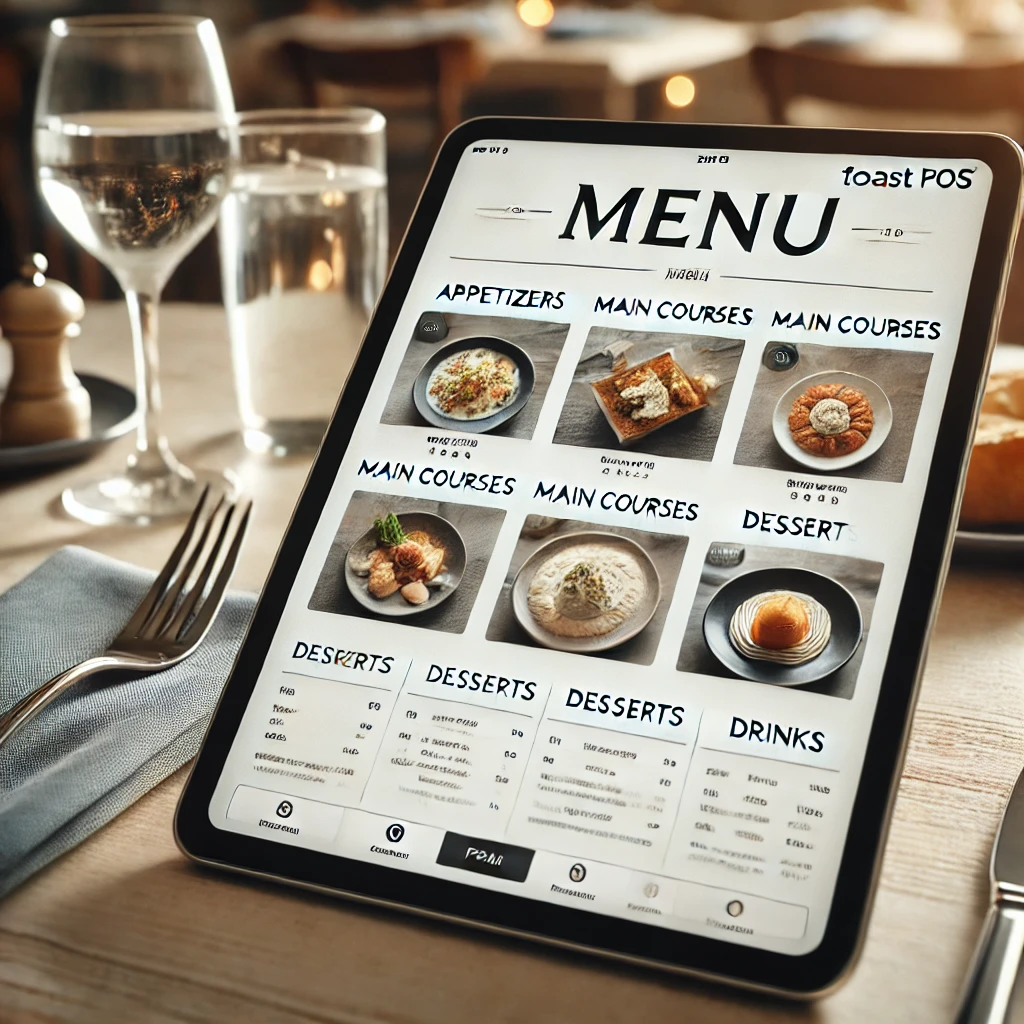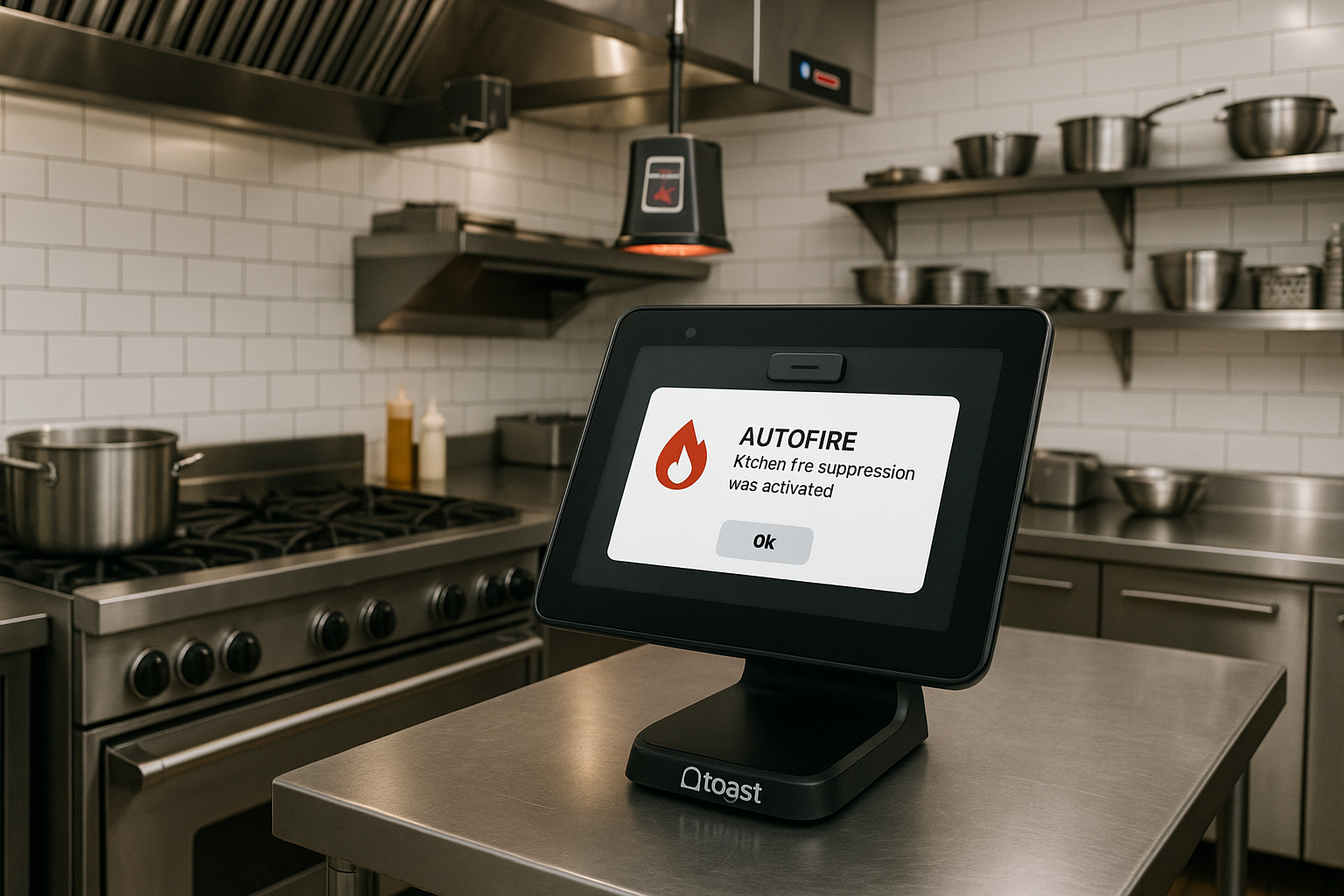When it comes to running a successful restaurant, an organized and well-structured menu is a key ingredient. The way you group items in your menu can significantly impact your customer’s ordering experience, as well as your staff’s efficiency in processing orders. Toast POS offers robust features that make menu management easy, but to get the most out of it, you need to know how to create effective menu groups.
1. Understand Your Restaurant’s Flow
Before diving into the technicalities of creating menu groups, it’s essential to understand the flow of your restaurant. Are you a fast-casual spot where speed is critical? Or do you offer a fine dining experience where customers take their time selecting from various courses? The type of service you provide will guide how you categorize and group menu items.
For instance, a fast-casual restaurant might benefit from grouping items by speed of preparation or popularity (e.g., “Quick Bites” or “Top Sellers”). On the other hand, a fine dining restaurant might group items by course (e.g., “Appetizers,” “Entrées,” “Desserts”).
2. Keep Groups Logical and Intuitive
The primary goal of menu groups is to make the ordering process as straightforward as possible for your customers. Use categories that are intuitive and familiar. For example, if you’re running a pizzeria, creating groups like “Classic Pizzas,” “Specialty Pizzas,” “Salads,” and “Sides” makes it easy for customers to find what they’re looking for.
Avoid overcomplicating your menu with too many groups or subcategories, as this can overwhelm customers and slow down the ordering process. Instead, focus on clarity and simplicity.
3. Leverage Toast POS’s Customization Features
Toast POS allows you to customize menu groups with features like images, descriptions, and modifiers. Use these tools to your advantage. Adding images can help visually guide customers, particularly in a counter-service setting where people often make decisions quickly. Descriptions can be used to highlight special ingredients or preparation methods, which can entice customers to try something new.
Modifiers are another powerful tool within Toast POS that can enhance the menu experience. For instance, a burger group might include modifiers for different types of cheeses, sauces, or toppings. This not only gives customers more control over their orders but also can lead to upselling opportunities.
4. Consider Your Menu Layout
Your menu layout on Toast POS should reflect the physical menu your customers see. This consistency helps servers and customers alike, reducing confusion and speeding up the ordering process. Use similar headings, groupings, and item placements to create a seamless experience.
For digital menus or self-service kiosks, the layout becomes even more crucial. Ensure that the most popular items are prominently featured, and use strategic positioning for high-margin items to increase sales.
5. Test and Adjust Based on Customer Feedback
After setting up your menu groups, it’s important to monitor how they perform. Toast POS provides detailed analytics that can show you which items are selling well and which are underperforming. Use this data to make informed adjustments to your menu groups.
Customer feedback is also invaluable. If you notice customers frequently asking where to find certain items or expressing confusion about the menu layout, it might be time to revisit your groupings. Regularly testing and tweaking your menu ensures that it remains user-friendly and profitable.
6. Seasonal and Special Menu Groups
Don’t forget about seasonal or special menu items! Toast POS makes it easy to add temporary groups for limited-time offers, holiday specials, or promotional items. These groups should be clearly labeled and easy to find so that customers can quickly spot what’s new.
Moreover, consider using this space to promote items that are particularly profitable or that you’re looking to push during a specific time period.
Conclusion
Creating effective menu groups in Toast POS is more than just an organizational task—it’s a strategy that can enhance customer experience, improve staff efficiency, and boost your restaurant’s sales. By understanding your restaurant’s flow, keeping groupings intuitive, leveraging customization features, considering layout, and regularly adjusting based on feedback, you can craft a menu that’s not only easy to navigate but also drives profitability.


